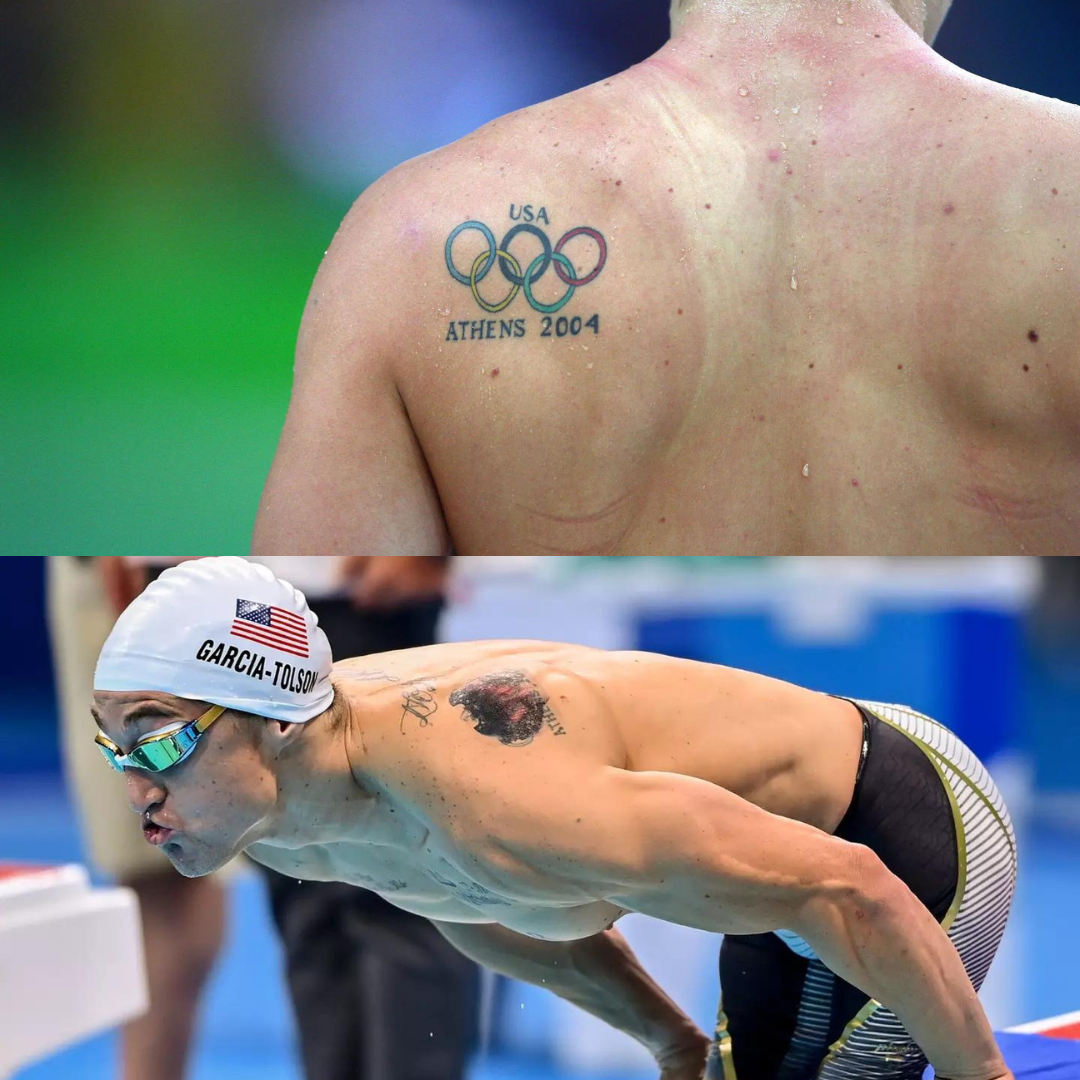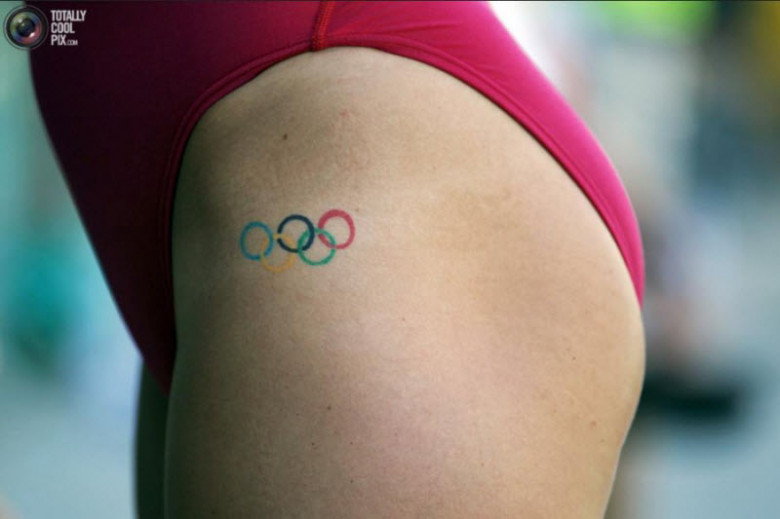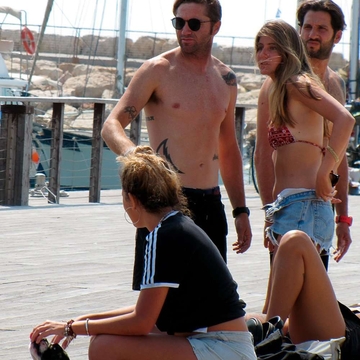The International Paralympic Committee (IPC) has lifted its ban on displaying tattoos featuring the Olympic rings, allowing Paralympians to freely show them at the 2024 Paralympic Games in Paris. This policy shift was in response to criticism from athletes for whom the tattoo of the rings symbolizes personal achievements rather than advertising the Olympic Games.
The International Paralympic Committee has rescinded its long-standing ban on displaying tattoos of the Olympic rings, which required athletes to hide such tattoos during competitions, according to The New York Times. The unexpected policy change came just days before the start of the 2024 Paralympic Games in Paris, held from August 28 to September 8.
For many years, athletes with tattoos of the Olympic rings risked facing consequences for not concealing them during competitions. Failure to comply with this rule could lead to disqualification.
This rule was implemented because the IPC viewed tattoos of the rings as commercial advertising for the International Olympic Committee (IOC), which is a separate entity from the IPC. Despite their close relationship, the Olympic and Paralympic Games are two different organizations with their own logos.
The Paralympic Games have their own emblem—Agitos—but the Olympic rings, symbolizing the union of the five inhabited continents, are one of the most recognizable symbols in the world. The Paralympic logo features a spiral of red, blue, and green crescents.
According to athletes, the Olympic rings are merely symbols of their achievements and sporting journeys. Many athletes have long expressed dissatisfaction with this restriction.
Swimmer and five-time medalist Rudy Garcia-Tolson views the tattoo of the Olympic rings on his back as a symbol of his long-held dream to compete in the Olympic Games. He got the tattoo to honor his first gold medal at the 2004 Paralympic Games in Athens.

However, during the 2012 competitions, Garcia-Tolson was forced to cover up the tattoo due to strict IPC rules. Although he disagreed with the committee, he complied with the rule by covering the rings with a Sharpie marker. When this rule was enforced, he nearly lost the chance to qualify for the 2021 Games, as the marker hiding his tattoo washed off during the race. After an appeal, Garcia-Tolson was allowed to compete again.
For many Paralympians who considered this rule unjustified, the lifting of the ban is a relief. Athletes can now compete without worrying about hiding their tattoos featuring the Olympic rings. This event comes at a crucial moment, as nearly 4,000 participants from around the world prepare to compete in 22 sports at the Paralympic Games in Paris.
Now Garcia-Tolson and other athletes can focus on their sporting achievements without worrying about hiding their tattoos. Many in the Paralympic community have welcomed the IPC's decision as a positive step recognizing the significance of the Olympic rings for those who have dedicated their lives to sports.







Comments (0)